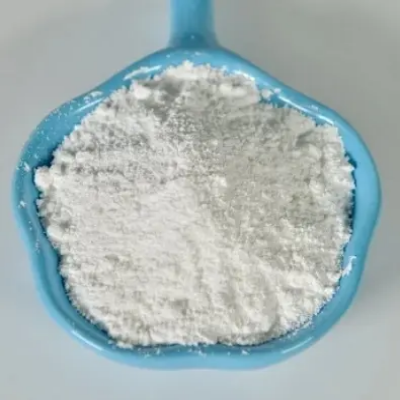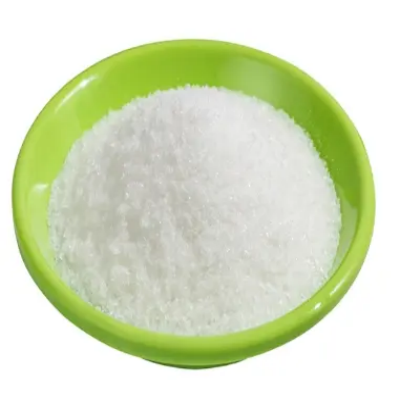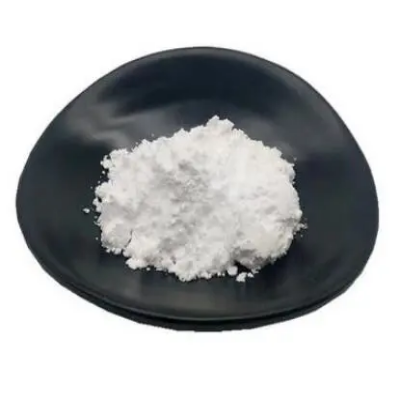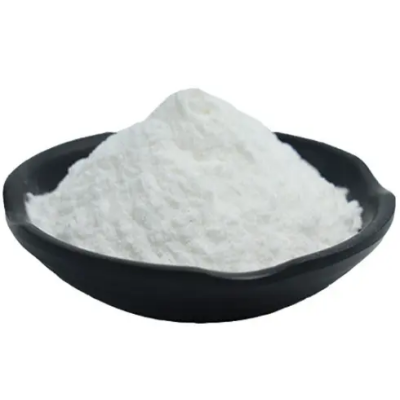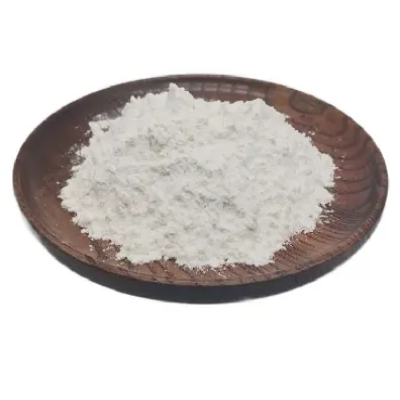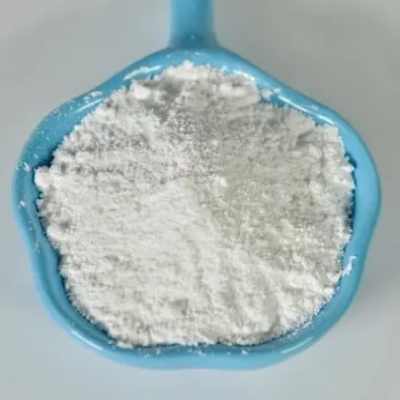5-Aminouracil CAS:932-52-5
In terms of its usage, 5-Aminouracil finds significant application in the field of medicinal chemistry. It serves as an essential building block in the synthesis of pharmaceutical compounds and biologically active molecules. Its presence can enhance the desired properties of these compounds, such as improved solubility or increased target specificity. Furthermore, 5-Aminouracil plays a crucial role in nucleic acid research. As a modified nucleotide, it can be incorporated into DNA or RNA strands during synthesis. This incorporation allows for the study of specific DNA or RNA regions, providing insights into their structure, function, and interactions with other molecules. Additionally, 5-Aminouracil is utilized in the development of diagnostic tools and assays. Its unique chemical properties enable it to act as a probe or indicator in various analytical techniques. For example, it can be used as a fluorescent marker in fluorescence-based assays, facilitating the detection and quantification of specific molecules or biological processes. Moreover, 5-Aminouracil finds application in the field of material science. It can be used as a precursor in the synthesis of polymers, coatings, and other materials. Its incorporation can impart specific properties, such as improved adhesion, stability, or biocompatibility, making it valuable in diverse industrial applications. In summary, 5-Aminouracil is a versatile compound with various applications. From medicinal chemistry to nucleic acid research and materials science, its unique properties make it a valuable component in numerous scientific and industrial endeavors.






| Composition | C4H6N2O2 |
| Assay | 99% |
| Appearance | white powder |
| CAS No. | 932-52-5 |
| Packing | Small and bulk |
| Shelf Life | 2 years |
| Storage | Store in cool and dry area |
| Certification | ISO. |


